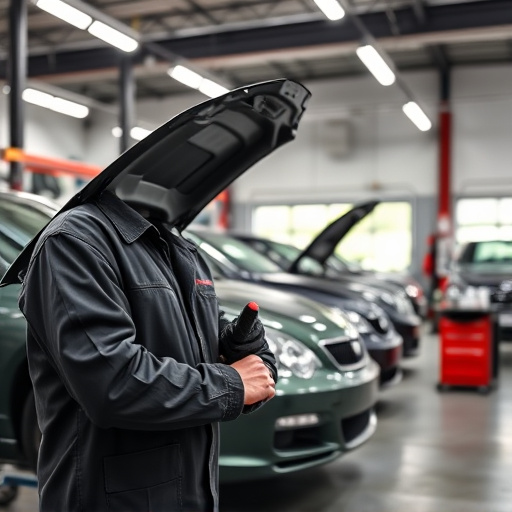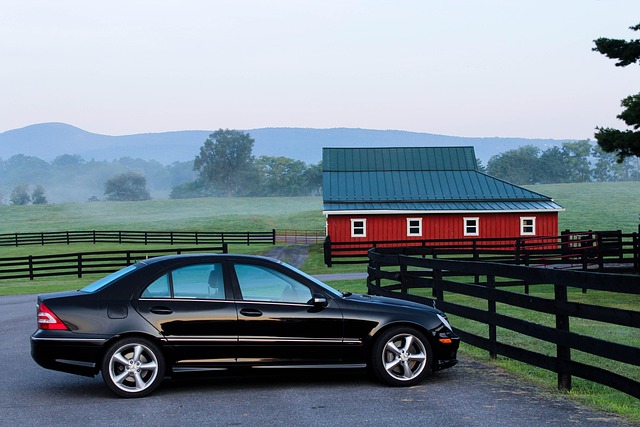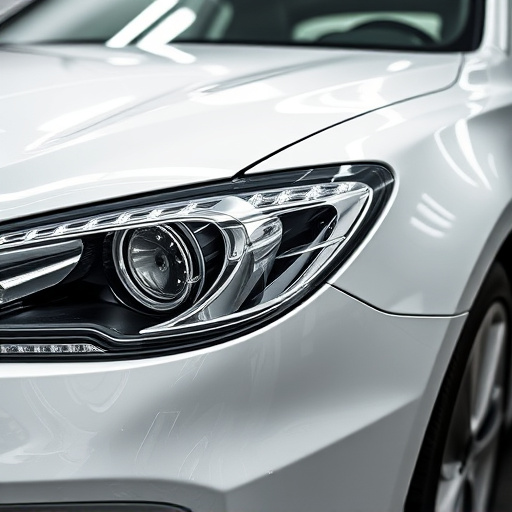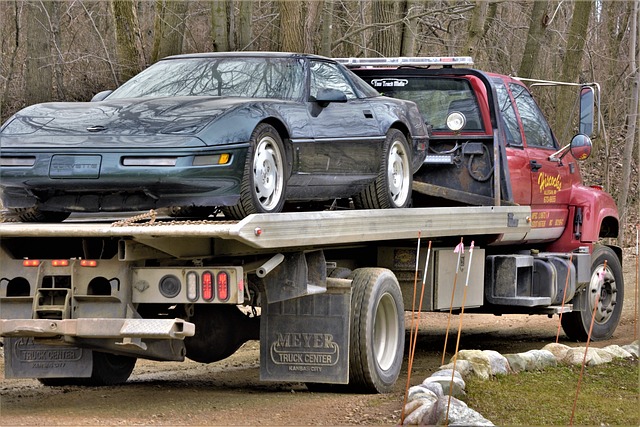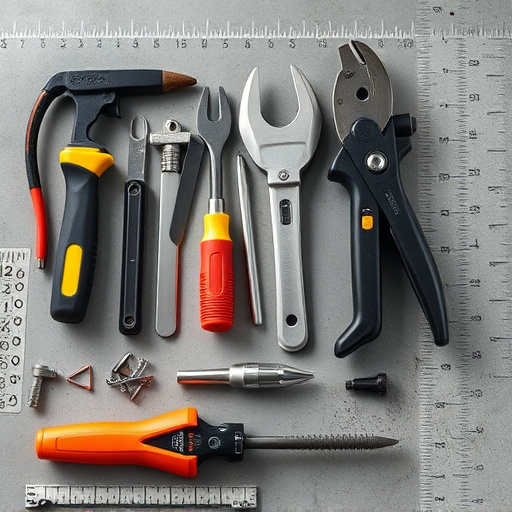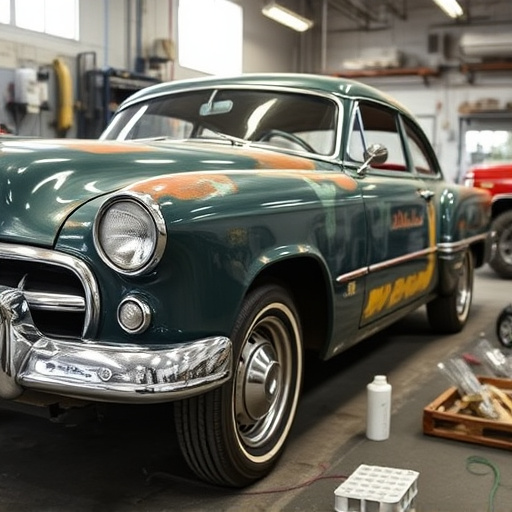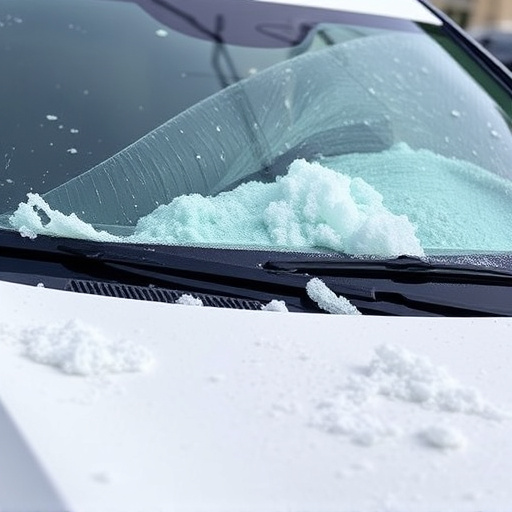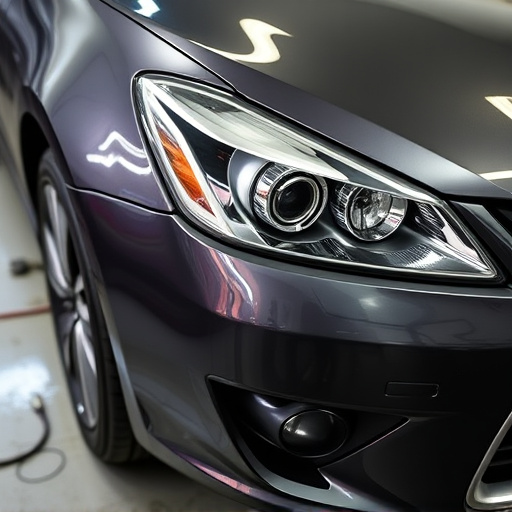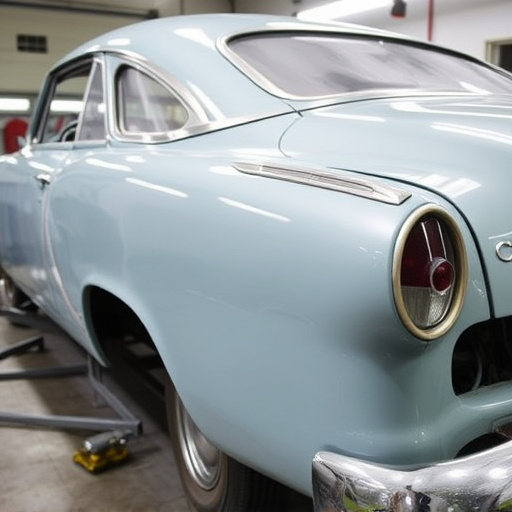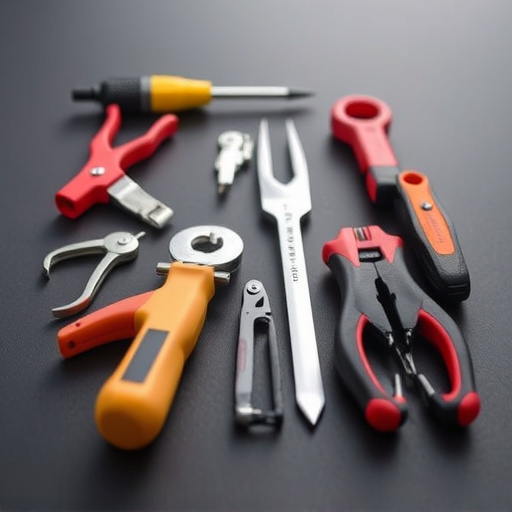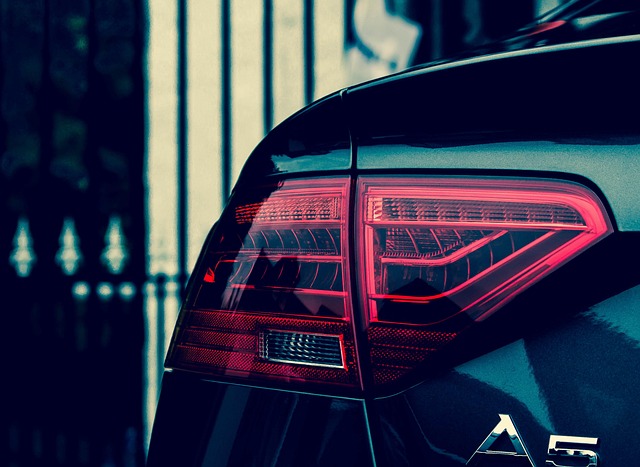Proper Mercedes bumper cover alignment is crucial for both aesthetics and safety. Advanced tools like laser scanners and adjustable clamps ensure precise installation, maintaining gap-free contours and structural integrity. Regular inspections by skilled technicians prevent misalignments, enhancing the vehicle's appearance and safety features, reflecting Mercedes' commitment to quality.
Ensure gap consistency in Mercedes bumper installation for a seamless, safe, and factory-like finish. This guide delves into the crucial aspects of aligning Mercedes bumper covers, highlighting key considerations like understanding specific design requirements, utilizing precise tools and techniques, and conducting thorough quality control checks. Master these elements to achieve optimal fitment and enhance vehicle aesthetics.
- Understanding Mercedes Bumper Design Requirements
- Tools and Techniques for Precise Alignment
- Quality Control Checks for Consistency and Safety
Understanding Mercedes Bumper Design Requirements

Mercedes vehicles are renowned for their sleek and sophisticated design, with each model boasting unique aesthetic features. When it comes to the bumper, which serves as both a functional component for collision protection and a style statement, understanding the specific design requirements is paramount. The Mercedes bumper cover alignment plays a crucial role in maintaining the vehicle’s overall aesthetics and safety standards.
Proper alignment ensures that the bumper cover sits seamlessly over the underlying structure, aligning with the car’s contour. This meticulous process involves considering various factors, including the shape, size, and material of the bumper, as well as the corresponding panels and components surrounding it. Ensuring this gap consistency is vital for both the visual appeal and structural integrity of the vehicle, especially in the event of a collision or autobody repair at a reputable collision center.
Tools and Techniques for Precise Alignment

When it comes to ensuring gap consistency in Mercedes bumper installation, precision is key. The right tools and techniques can make all the difference between a seamless, factory-like finish and visible misalignments that compromise aesthetics and safety. Professionals rely on specialized equipment like laser alignment tools, which offer accurate measurements for both parallel and perpendicular adjustments. These tools project light beams to pinpoint exact positions, enabling technicians to fine-tune every detail for perfect alignment.
Additionally, using adjustable clamps and precision gages allows for incremental adjustments during the installation process. This meticulous approach ensures that the Mercedes bumper cover aligns perfectly with the vehicle’s contours, eliminating gaps or overlaps that can lead to damage over time. By combining advanced tools with skilled hands, auto repair shops can deliver top-notch vehicle repair services, addressing not just car scratch repair but also maintaining the overall integrity and value of the Mercedes brand.
Quality Control Checks for Consistency and Safety
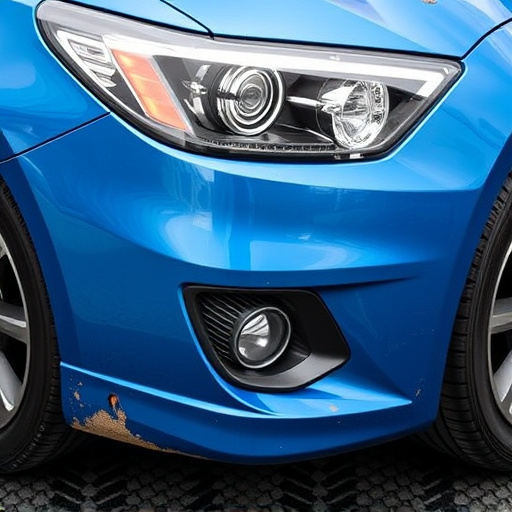
Ensuring proper Mercedes bumper cover alignment is paramount for maintaining both aesthetic appeal and vehicle safety. Quality control checks at every stage of the installation process are crucial to guarantee consistency and prevent potential hazards. Skilled technicians in a reputable collision repair shop or auto body shop will employ advanced tools and techniques to align the bumper accurately, ensuring it aligns perfectly with the vehicle’s design lines.
Regular inspections for any misalignments or gaps during the installation can save time and money in the long run. Even minor disparities may compromise the structural integrity of the bumper during a collision repair, which is often necessary following vehicle dent repairs. By adhering to strict quality control measures, an auto body shop can deliver superior results, enhancing both the car’s appearance and safety features.
In ensuring gap consistency during Mercedes bumper installation, understanding the vehicle’s design requirements, utilizing precise alignment tools and techniques, and conducting thorough quality control checks are paramount. These steps not only maintain aesthetic appeal but also guarantee safety and structural integrity. By adhering to these practices, technicians can confidently deliver high-quality repairs that meet Mercedes’ exacting standards, enhancing customer satisfaction and roadworthiness for every vehicle.
